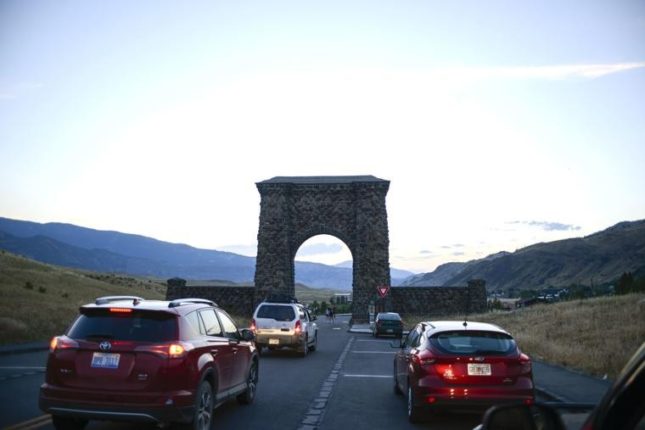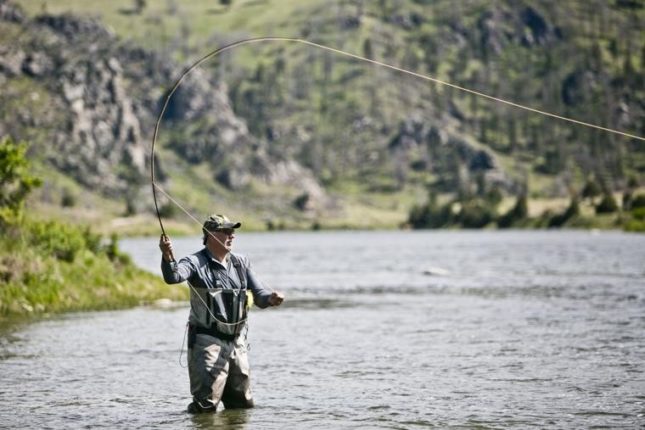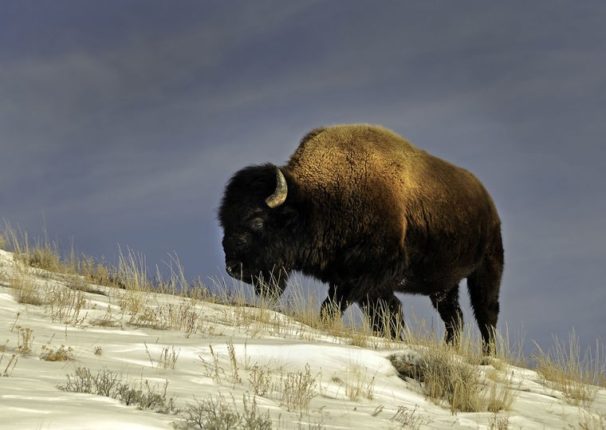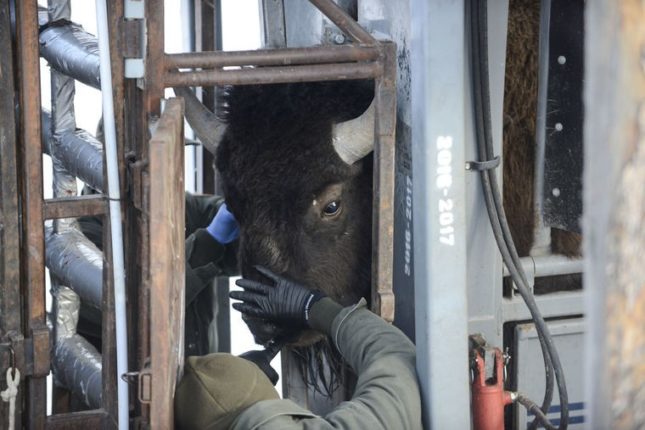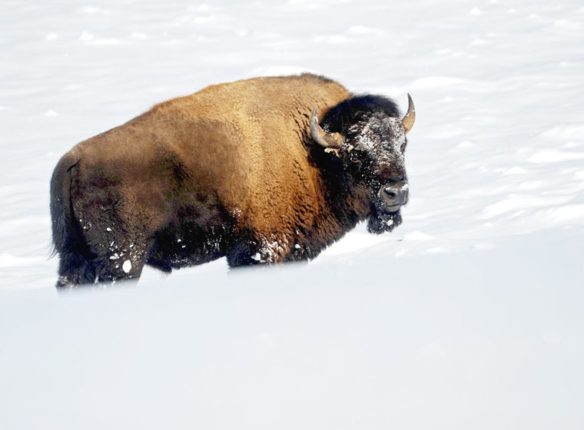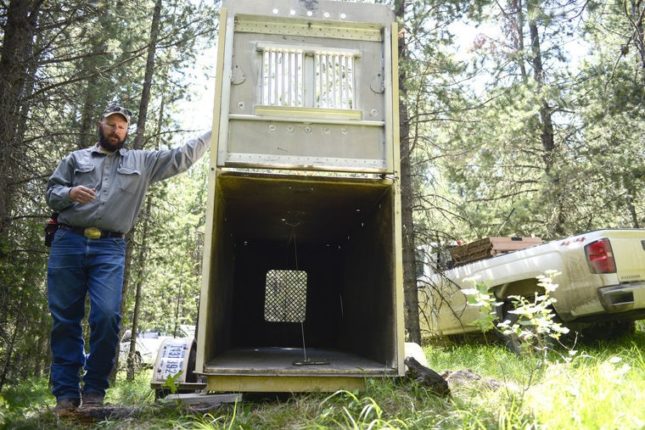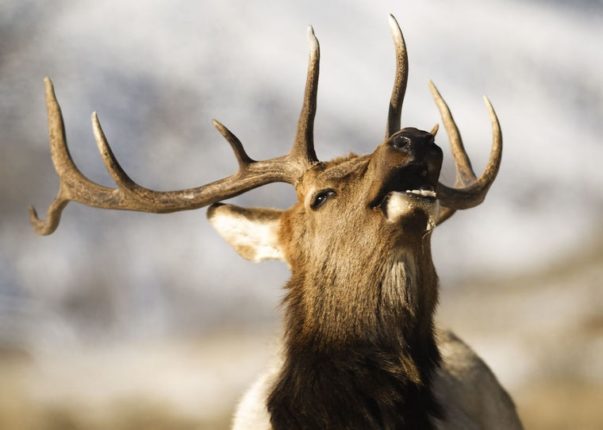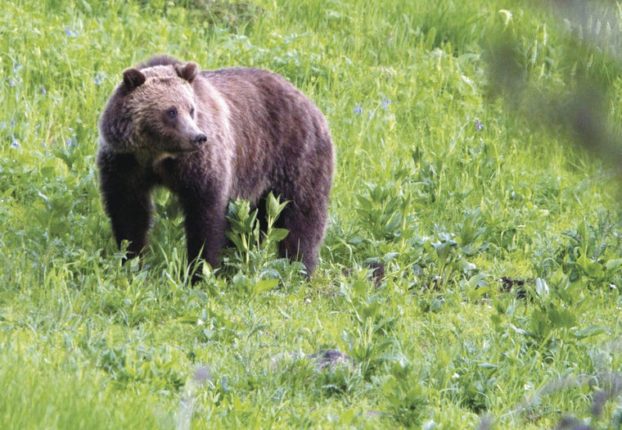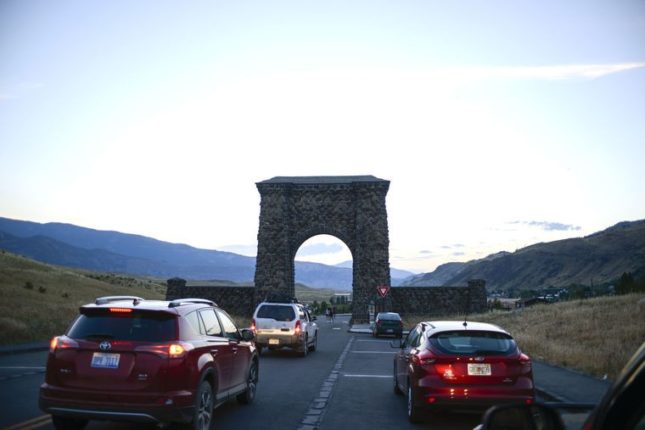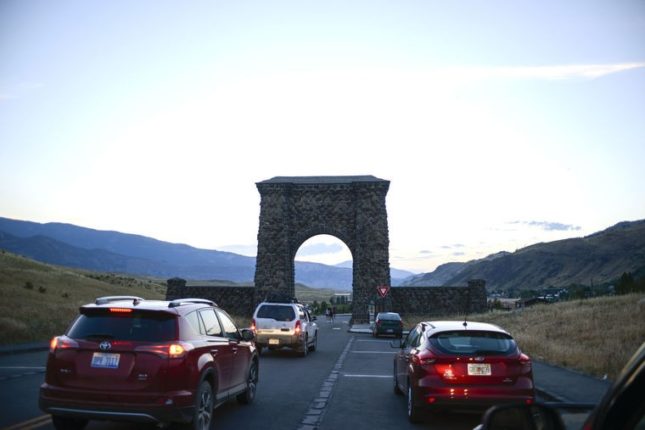Visiting Yellowstone National Park and a number of other sites around the country will cost more this summer — but not as much as federal officials proposed last fall.
The National Park Service announced a nationwide fee increase Thursday that will bump prices at most fee-charging parks by $5 beginning June 1. Starting then, a weeklong pass to Yellowstone will cost $35 per car.
The National Park Service said it’s part of an effort to deal with its $11.6 billion deferred maintenance backlog. The agency estimates raising fees will boost annual revenue by roughly $60 million.
The announcement is starkly different from the agency’s proposal last fall, which recommended charging $70 during peak visitation months at Yellowstone and 16 other highly trafficked sites. Conservation groups and thousands of public commenters argued the increase was too steep, apparently convincing the department to change course.
In a news release, Interior Secretary Ryan Zinke said this increase is modest. He also said it’s one component of his plans to deal with the agency’s deferred maintenance backlog.
“This is just one of the ways we are carrying out our commitment to ensure that national parks remain world class destinations that provide an excellent value for families from all income levels,” Zinke said.
Montana’s two U.S. Senators applauded the decision. Republican Sen. Steve Daines said the state’s national parks “must remain affordable and accessible to all visitors.” Democratic Sen. Jon Tester said the previous increase proposal would have “undercut our state’s thriving outdoor economy.”
Theresa Pierno, president of the National Parks Conservation Association and a critic of the original proposal, said in an emailed statement that the smaller fee increase is a “welcomed move.”
“Fees do have a role to play in our parks, and the administration’s move to abandon its original proposal in favor of more measured fee increases will put additional funds into enhancing park experiences without threatening visitation or local economies,” Pierno said.
Pierno also said Congress should put more money toward parks in future spending bills.
Holly Fretwell, a research fellow at the Property and Environment Research Center, said in an emailed statement that the increase will help park managers prioritize park-specific maintenance needs.
“Park users should help protect our most treasured public lands and ensure they are available for the enjoyment of future generations,” Fretwell said.
The fee increase will affect all 117 of the National Park Service’s fee-charging sites — including Glacier and Grand Teton National Parks. Annual passes will cost more, too — $70 at Yellowstone. All-parks passes will remain $80.
Fees at Grand Teton will look identical to Yellowstone’s, but the fate of the two parks’ joint weekly pass is uncertain. Yellowstone spokeswoman Linda Veress said no decision has been made on whether to change the fee.
Park fees were last increased in 2015. That was the same year Grand Teton and Yellowstone stopped selling a joint annual pass.
